
coat – Everlane / jeans – vintage Levi’s / tee – old from Only / shoes – Inwear / bag – 7 years old (!) from Adax
Here’s a great example of how I work around fashion today: something secondhand, something ethical and items I’ve just held on to for years because I really love them and they are in great condition still. All of which resonates with my true style.
To me the term “sustainable fashion” is more than one thing. Of course, it’s about supporting sustainable and ethical production, but also working more consciously with your wardrobe and style, so that it will naturally reduce your (over)consumption and may become willing to pay more for your clothes in general. Good quality costs more, but as a consumer you can never be sure that just because there is a certain label inside an item and it costs more, it’s equivalent to being better quality. The more expensive labels have also become greedy along the way, which means that there can be a significant difference between quality and price because they (like the highstreet brands) have outsourced much of their production to countries where the criterias for good quality may not be as high. So they produce their garments for a low price, but the items still have a high price point when you purchase them as a consumer. In this post, I will help you become just a little wiser about what you can do to ensure that you not only get a good quality but also how to find the most sustainable brands and materials. The post is highly inspired by designer and youtuber Justine Leconte‘s know-how videos, which are also integrated into the post. Justine has a fantastic two-the-point way of explaining even complex topics like ethical and sustainable fashion in a matter of minutes, and in a way most people can easily understand. I highly recommend her youtube channel!
–
For mig kan begrebet “bæredygtig mode” gradbøjes. Det handler selvfølgelig om at støtte op om bæredygtig og etisk produktion, men også om at arbejde mere bevidst med sin garderobe og stil, sådan at man faktisk helt naturligt kommer til at nedbringe sit (over)forbrug og måske bliver villig til, at betale mere for sit tøj. God kvalitet koster mere, men du kan som forbruger aldrig være sikker på, at bare fordi der står et bestemt mærke i nakken af en style og den koster mere, så er det lig med bedre kvalitet. De dyrere labels er nemlig også blevet grådige hen ad vejen, hvilket betyder at der sagtens kan være en væsentlig forskel mellem kvalitet og pris, fordi de (ligesom highstreet mærkerne) har outsourcet meget af deres produktion til lande hvor der ikke er ligeså højt et kriterie for kvalitet. Således kan visse brands altså producere tøj med lave omkostninger, men stadig sælge det til en høj pris ud af butik. I dette indlæg vil jeg hjælpe dig med, at blive lidt klogere på hvad du selv kan gøre for at sikre dig, at du ikke kun får et kvalitetsprodukt med dig hjem og hvordan du finder frem til de mest bæredygtige labels og materialer. Indlægget her er inspireret af designer og youtuber Justine Leconte‘s know-how videoer, som også er integreret i indlægget. Justine har en fantastisk to-the-point måde, at forklare selv komplekse emner som etisk og bæredygtig mode på få minutter, på en måde de fleste let kan forstå. Jeg kan varmt anbefale hendes youtube kanal!

1. Do your homework.
As consumers we have the amazing “power” of voting through the way we consume. If you want a more sustainable, ethically correct and transparent future, show it by supporting the brands that are fighting for exactly this. But how do you find these brands and how do you make sure that what they say is aligned with what they do? One thing you can do is read the information behind the brand. Read their “about” section and look for eco-certifications too. If the brand’s overall style, values, and mission match your own values, you’re already well on your way. If you want to dive even more into a brand before you support it by buying their product, you can also spend some time looking for reviews and articles online. If a brand claims to be and do one thing but actually does something completely different (and more unethically), then there will most likely be some information on that somewhere on the internet – remember though, to be source-critical.
–
Som forbrugere har vi den fantastiske “magt”, at vi kan stemme via vores forbrug. Hvis du også ønsker en mere bæredygtig, etisk korrekt og transparent fremtid, så vis det ved at støtte op om de mærker, der kæmper for præcist dette. Men hvordan finder du frem til disse mærker og hvordan sikrer du dig så, at det de nu siger også er det de gør? Én ting du kan gøre er, at læse op på info bagom mærket. Læs deres “about” sektion og kig evt. efter eco certificeringer. Hvis mærkets overordnede stil, værdier og mission stemmer overens med dine egne værdier så er du allerede godt på vej. Hvis du vil dykke endnu mere ned i et mærke før du støtter op om det, så kan du også bruge lidt tid på at kigge efter anmeldelser og artikler på nettet. Hvis et mærke udgiver sig for at gøre ét men faktisk gør noget helt andet, så vil der med garanti være blevet skrevet om det ét eller andet sted – husk dog, at være kildekritisk.
2. Look for certifications
A concept that has emerged through the years of all this focus on sustainability and health is called “greenwashing”. This happens when a label brands a product on for example natural ingredients, but unfortunately it is not necessarily a quality stamp, as it doesn’t necessarily mean that the product is in any way environmentally friendly (this also applies to many others industries than the fashion industry, such as the beauty and food industry for example). Eco-certifications therefore help you as a consumer to ensure the sustainable yield of a product. A certification is a small logo such as the fairtrade logo many of us know. However, there may be pitfalls even when you are looking for eco certifications. If you as a consumer encounter a certification you have never seen before, how do you then make sure this is actually a registered label to use? For this Justine suggests us to check out Ecolabel Index, which is a webpage where all registered eco certifications can be found. That way you can always double check that you are not just dealing with a greenwashed type of product. You could also simply google the brand you are interested in, write the brand name followed by “certifications”. That’s and easy way to find out what kind of certifications the brand has. Some of the sustainable brands I like personally include Organic Basics, People Tree, Everlane and Armed Angels who make a virtue of not just producing responsibly, but also make timeless designs that last year after year. However, I would like to welcome initiatives such as organic cotton jeans from Weekday or H&M too; as long as the long-lasting quality is there too. I recently also discovered the koncept Klow, which is a webshop (launching within the next few weeks) that will carry sustainable fashion only, from a lot of cool brands. All in one place – it won’t get much easier!
–
Et begreb der er opstået er såkaldt “greenwashing”, hvor et mærke brander sig på fx naturlige ingredienser, men det er desværre ikke nødvendigvis et kvalitetsstempel, ligesom det heller ikke nødvendigvis betyder at produktet på nogen måde er miljøvenligt (dette gælder i øvrigt mange andre brancher end modeindustrien, som fx beauty og madindustrien). Eco certificeringerne hjælper derfor dig som forbruger til, at sikre dig det bæredygtige udbytte af produktet. En certificering er et lille logo som fx fairtrade logoet mange af os kender. Der kan dog være faldgruber selv når du kigger efter eco-certificeringer. Hvis du nu som forbruger støder på en certificering du aldrig har set før, hvordan sikrer du dig så, at dette faktisk er et registreret label at bruge? Til dette anbefaler Justine Ecolabel Index, som er en side hvor alle registrerede eco-certificeringer kan findes. På den måde kan du altid slå det op, for at dobbelttjekke du netop ikke bliver udsat for greenwashing.Du kan også søge på det mærke du er interesseret i, og så tilføje “certifications” i din søgning. Det er en nem måde at tjekke op på eventuelle certificeringer. Nogle af de brands jeg godt kan lide er fx Organic Basics, People Tree, Everlane og Armed Angels der gør en dyd ud af ikke blot at producere med ansvar, men også laver tidløst design der holder år efter år. Jeg bakker dog også gerne op om initiativer som fx organic cotton jeans fra Weekday eller H&M; så længe kvaliteten følger med også. For nyligt stiftede jeg også bekendtskab til Klow, som er en webshop der (om få uger) bliver lanceret og kommer til udelukkende, at sælge bæredygtig mode fra forskellige seje brands. Altsammen samlet ét sted – så bliver det ikke nemmere for os forbrugere!
3. Learn more about materials used.
As many of you know, there is a lot of focus on the sustainable aspects of reducing or consumption of meat, and I too follow a much more plant-based diet today. Leather was originally a natural byproduct of the food industry, but because of the fact that the meat consumption in many countries has been falling, it means that today, there are animals being raised only for the use of their skins which creates a whole new ethical problem. Therefore, today I buy most of my leather products (leather jacket and boots, for example) secondhand, but because I still eat meat from time to time, it may sometimes happen that I buy a leather product from new. My values are “less but better”, and I personally think that this aligns with the before mentioned way I consume leather today. So if you’re a vegetarian or vegan, it’s quite important that you understand what it means when it comes to how you consume garments and the materials you choose here, and at least try to come up with a set of values that makes sense to you in this area. When a brand says that it is “vegan” it doesn’t mean it’s purely sustainable. A lot of the “vegan” leather (especially the mass-produced kind) called PU is actually plastic which is both hard for the environment to produce and it is also not biodegradable. However, there are some really nice alternatives you can go for, even when it comes to sustainable materials in general. In addition, I would recommend you to watch the video below as a tool to get to know your own values and favourite materials. It only lasts 8 minutes and is all worth it. For me as an ordinary consumer (and not a sustainable expert), however, it may be really overwhelming to get into materials as well. A good rule of thumb, however, is to stick to the brands that take responsibility in production, are eco-certified and make good, durable products, so you as a consumer don’t have to think so much about the rest. If however, you are somewhat of a fiber-nerd you should check Justine’s natural fiber video on HERE and the one about synthetic fibers HERE, to get a little wiser in this area.
–
Som mange af jer ved, så er der et rigtig højt fokus på det bæredygtige aspekt i, at nedbringe sit kødforbrug og jeg følger selv i høj grad en mere plantebaseret diæt i dag. Læder har i sin tid været brugt især fordi det er et biprodukt af madindustrien, men fordi kødforbruget i mange lande et faldet, så betyder det at der i dag faktisk er dyr der bliver opdrættet kun til brug af deres skind, hvilket jo skaber et helt nyt, etisk problem. Derfor køber jeg i dag det meste af mine læderprodukter (læderjakke og støvler fx) brugte, men fordi jeg stadig fra tid til anden spiser kød, så kan det en sjælden gang ske, at jeg køber et læderprodukt fra ny. Mine værdier er “mindre men bedre”, og det synes jeg personligt sagtens man kan indsætte her. Så hvis du er vegetar eller veganer er det ret vigtigt, at du sætter dig ind i hvad det betyder for den måde du forbruger mode på og de materialer du her vælger, og ihvertfald gør dig nogle tanker om hvad du kan gøre. At et mærke brander et produkt som værende “vegansk” er nemlig ikke ensbetydende med, at det er bæredygtigt. Meget “vegansk” læder (især den masseproducerede slags) som kaldes PU, er praktisk talt plastik hvilket både er hårdt for miljøet at fremstille, og det er heller ikke bionedbrydeligt. Der findes dog nogle rigtig fine alternativer du kan gå efter, også når det kommer til bæredygtige materialer i almindelighed. Hertil vil jeg anbefale dig at se videoen nedenfor, som redskab til at lære dine egne værdier og foretrukne materialer at kende. Den varer kun 8 minutter og er det hele værd. For mig som almindelig forbruger (og ikke bæredygtig ekspert), så kan det dog være enormt overvældende, at skulle sætte sig ind i materialer også. En god tommelfingerregel er dog, igen at holde sig til de mærker der tager ansvar i produktion, evt. er eco-certificerede og laver gode, holdbare produkter, så du som forbruger ikke behøver tænke så meget på resten. Hvis du er lidt nørdet kan du dog tjekke Justine’s video om naturlige fibre ud HER og den om syntetiske fibre ud HER, for at blive lidt klogere på dette område.

4. Learn about what “good quality” means.
This is a bit in continuation of some of the other points regarding brands and materials. As I said, I also look at durable and timeless design as being extremely sustainable, so it is quite essential to choose products that you can hold on to for a really long time. It is important for me to emphasize that your clothes will naturally show signs of use over time, and we must be able to love our things even though they get a little worn out to look at through time. So it’s not about finding an unrealistic form of item that will forever look brand new. Even items of the best quality require special care – you can read my guide on 10 ways to care for your wardrobe right HERE. Good quality is for me when an item continues to look nice (not perfect) even after use and washing, no seams that move after washing and in general when all stitches look nice from the inside and out. Besides, there is also something about the composition and weight of the fibers, and generally I prefer natural blends such as 100% cotton, linen, wool or the like. Be curious about this topic though – there are a lot of documentaries such as The True Cost or River Blue you could start with. The last mentioned is on my own to-watch list, and it’s about how polluting the production of jeans is.
–
Dette er lidt i forlængelse af nogle af de andre punkter omkring labels og materialer. Som sagt så ser jeg også holdbar og tidløs stil som værende enormt bæredygtigt, så derfor er det ret essentielt at vælge produkter, der netop kan holde sig pæne over lang tid. Det er vigtigt for mig at understrege, at dit tøj jo helt naturligt vil vise tegn på brug med tiden, og vi skal kunne elske vores ting selvom de bliver lidt nussede og brugte at se på. Så det handler ikke om at finde et urealistisk form for produkt, der bliver ved med at se spritnyt ud. Selv produkter i den bedste kvalitet kræver nænsom pleje – det kan du bl.a. læse om lige her, i min guide til 10 måder du kan pleje din garderobe på. God kvalitet er for mig når et produkt bliver ved med, at se pænt ud selv efter brug og vask, ingen sømme der rykker sig efter vask og i det hele taget pænt afsluttede stikninger både indvendigt og udvendigt. Udover det er der jo også noget med sammensætning og vægten af fibrene, og generelt foretrækker jeg naturlige blandinger som fx 100% bomuld, hør, uld eller lignende. Vær i det hele taget nysgerrig på dette emne – der findes et hav af dokumentarer som fx The True Cost eller River Blue. Sidste nævnte skal jeg selv have set, og den handler om hvor forurenende produktionen af jeans er.
5. Build a capsule wardrobe
I mean, I had to include this one right? A capsule wardrobe is a more “concentrated” version of your wardrobe, where the keywords are quality sbove quantity. The idea is only to have the things you really love in your wardrobe while adapting it from season to season to fit the weather and your mood. As the seasons change, you can go through your storage and replace some of the things that is hanging in your closet with something else that is more suitable for the particular season. It’s a fun and different way to “shop” because basically you shop by just taking things out of storage that you still love. Most people start with 37 items in total (excluding accessories and items like underwear and sportswear) and then adjust the method along the way. You can learn how I personally build my capsules right HERE. In short, 80% of my wardrobe is my basics and is more or less static all year round (it’s my style canvas, if you will), and the last 20% are the more seasonal and trend-based items that will keep the basic part fresh and inspiring throughout the year. It’s a pleasure to get dressed in the morning this way, and being stressed out about what to wear is no longer a real scenario for me. In addition, the method has also taught me to consume less, better and more sustainable and I have greater respect for the things I actually have in my closet now. All completely without compromising with my true style style. Win!
–
Den her var jeg næsten nødt til, at inkludere ikke? En capsule wardrobe er en mere “koncentreret” udgave af din garderobe, hvor nøgleordene er kvalitet frem for kvantitet. Idéen er kun at have de ting du virkelig elsker i din garderobe, samtidig med den er tilpasset vind og vejr. Når sæsonerne skifter så kan du således gå i gemmerne og erstatte nogle af de ting du har hængende i skabet med nogle andre. Det er en sjov og anderledes måde at “shoppe” på, fordi du det meste af tiden jo bare hiver ting frem fra gemmerne, som du stadig elsker at bruge. De fleste starter med 37 produkter i alt (eksl. accessories og ting som undertøj og sportstøj) og justerer så metoden henad vejen. Du kan lære hvordan jeg personligt opbygger mine capsules lige HER. Kort sagt er 80% af min garderobe basis og iøvrigt mere eller mindre statisk hele året (mit kanvas, om du vil), hvoraf de sidste 20% så er de mere sæson- og trendbaserede produkter, der skal holde basisdelen frisk og inspirerende hele året ud. Det er en fryd at klæde sig på om morgenen på denne måde, og tøjkriser hører sig fortiden til for mig. Desuden har metoden bevirket, at jeg forbruger mindre og mere bæredygtigt samtidig med jeg har en større respekt for de ting jeg så rent faktisk har hængende i mit skab. Helt uden at gå på kompromis med min stil. Win!
6. Buy secondhand.
Those of you who have followed me for some time have probably noticed that my passion for secondhand has grown over time. It has become a habit for me to always check if I can get the items I’m looking for in secondhand versions before I buy. It’s a pretty simple principle, and it’s a very sustainable way to consume. Especially if you’re not into minimal capsule wardrobes like I am, but love frequent replacements in your wardrobe, secondhand shopping is a really a great way to keep this relationship towards fashion, but with minimal negative impact on our environment . No matter what, buying and swapping secondhand clothes (and secondhand anything for that matter) is a good way to consume more sustainable. You can read my guide on how to shop secondhand like a boss right HERE (there’s a very thorough video guide in the bottom of that post).
–
De af jer der har fulgt mig længe har nok bemærket, at min passion for secondhand med tiden er vokset. Det er blevet en vane for mig, altid at tjekke om jeg kan få de ting jeg leder efter i brugte versioner, før jeg køber. Det er et ganske simpelt princip, og det er en meget bæredygtig måde at forbruge på. Især hvis du ikke er til minimale capsule wardrobes som jeg nu engang er, men elsker hyppige udskiftninger i garderoben, så er er genbrug virkelig en god måde at blive ved med at have dette forhold til mode på, men med minimal negativ påvirkning på vores miljø. Uanset hvad, så er køb og bytte af brugt tøj (og brugt alt muligt andet for den sags skyld) en god måde, at forbruge mere bæredygtigt på. Du kan få min guide til, hvordan du bliver en secondhand-haj lige HER (der er en meget grundig video guide i bunden af det indlæg).

Before I wrap up this post I just want to point out that the intention is not to be a perfect consumer. I am certainly not perfect myself. If you strive for this, you may end up loosing your breath and give up before you even get started. You can start with small steps at a time, and look at it as a journey where you get smarter along the way. Switching to sustainable basics such as underwear and t-shirts could be a great place to start and next time there is a particular bag or pair of boots you fall in love with, try and see if you can find something similar in a secondhand version. However, it is important (I think) to take a stand and do what you can to hold on to this and again use your “voice” through the way you consume and the brands you support. Support what you want more of in the future! It means a lot more than you think. Other than that it’s a good idea to follow sustainable influencers, forums, webshops and brands so you can stay up-to-date and keep yourself inspired. I hope you found this post inspiring, and feel free to share more tips in the comments below! Remember, I’m not an expert – I’m just a curious consumer like you. 🙂
–
Her til sidst vil jeg blot påpege, at hensigten ikke er at du skal være en perfekt forbruger. Det er jeg heller ikke. Stræber du efter dette ender det måske med at tage pusten fra dig, og få dig til at opgive inden du overhovedet er kommet rigtigt igang. Du kan med fordel starte med små skridt af gangen, og se på det som en rejse hvor du bliver klogere henad vejen. At skifte over til bæredygtige basis ting som fx undertøj og t-shirts kunne være et rigtig fint sted at starte på dét punkt, og næste gang der er en bestemt taske eller et par støvler du forelsker dig i, så prøv og se om du kan finde noget lignende i en brugt udgave. Det er dog vigtigt (synes jeg) at man tager et standpunkt, og gør hvad man kan for, at holde fast i dette og igen bruge sin “stemme” gennem den måde man forbruger på. Støt op om det, du gerne vil have mere af! Det betyder mere end du tror. Udover det, så er det også en god idé at opsøge bæredygtige influencers, fora, webshops og brands evt. på de sociale medier, så du hele tiden kan holde dig ajour og blive inspireret. Jeg håber I kunne bruge indlægget her til noget, og byd gerne ind med flere tips i kommentarfeltet nedenfor! Husk på jeg ikke er ekspert – jeg er bare en nysgerrig forbruger ligesom dig. 🙂


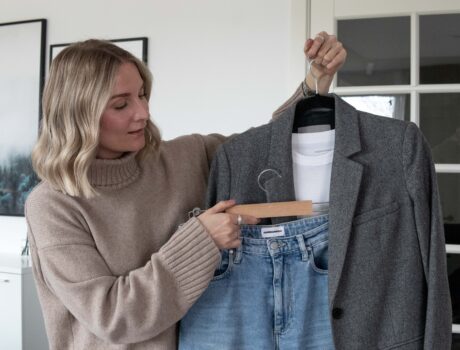
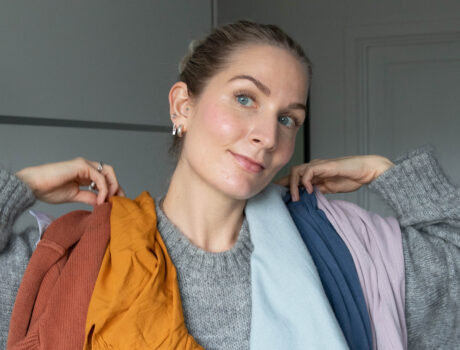
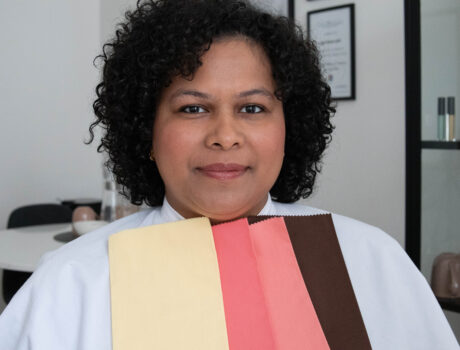
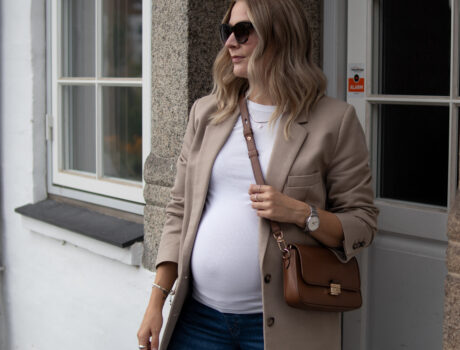
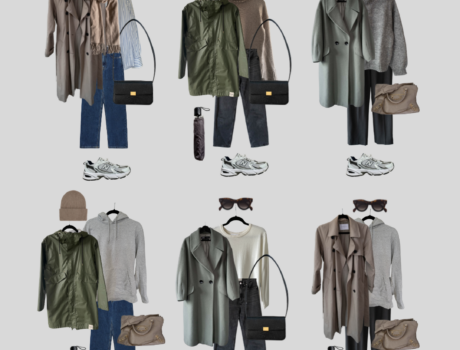
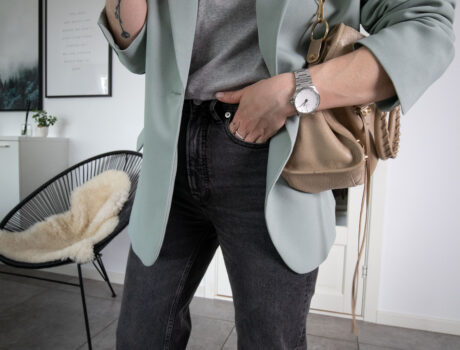
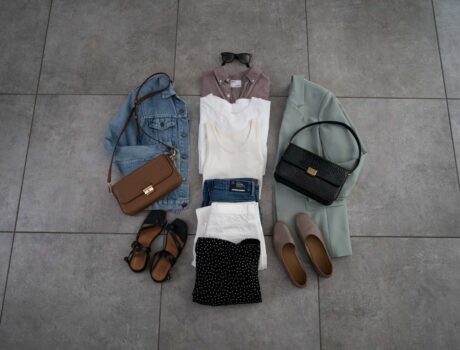

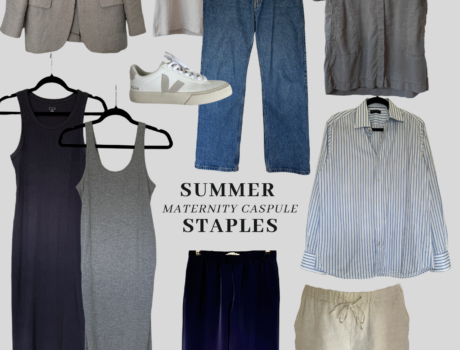
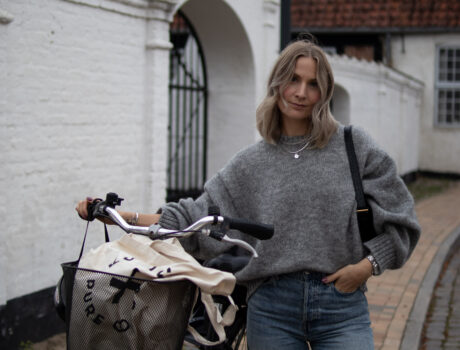
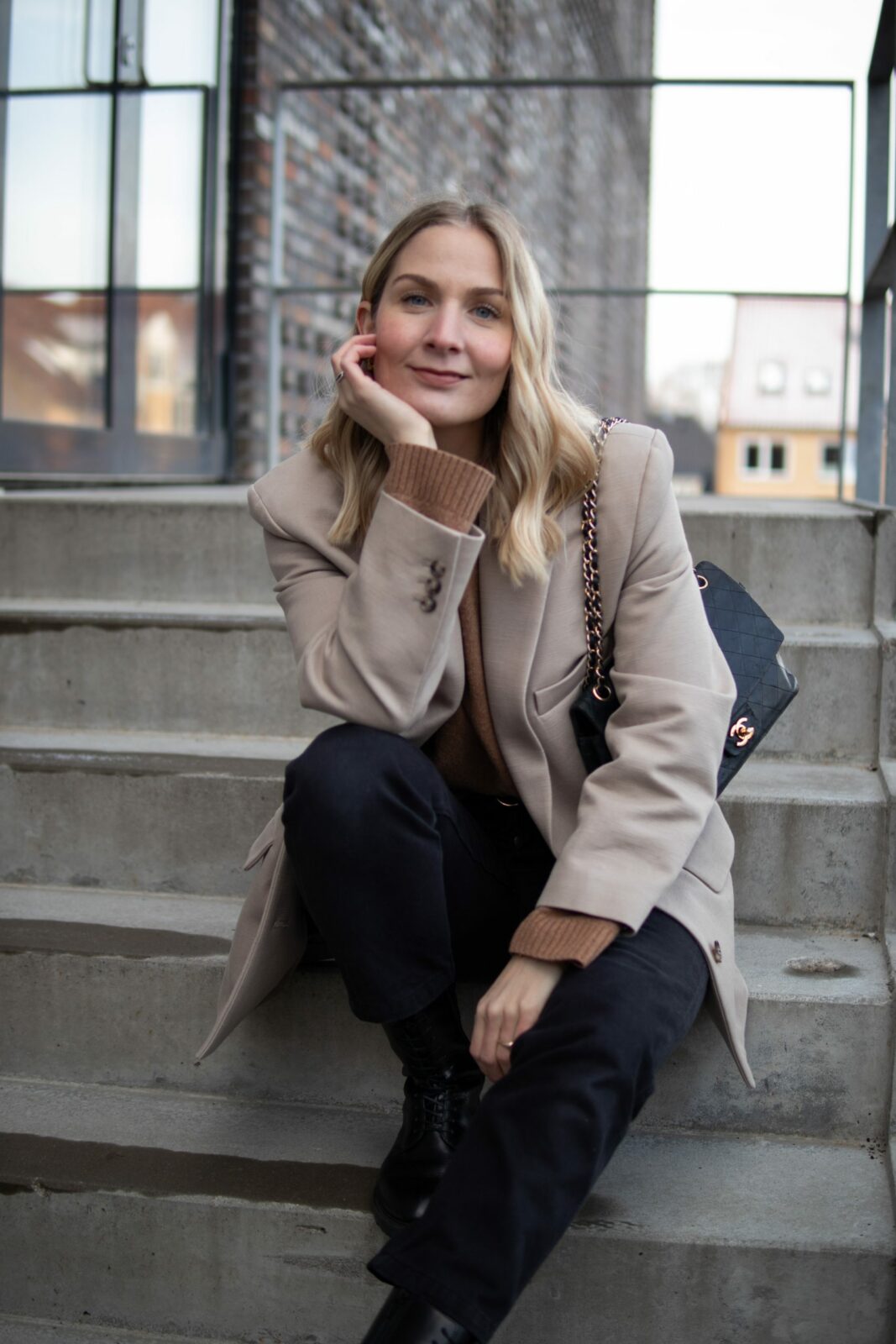
I’m glad to hear that you’re mostly wearing second-hand leather, because leather is horrible to the environment. This is one of the reasons I stopped wearing it. Most vegans are very concerned about environmental issues and leather is a huge hazard for the planet. Raising animals for leather requires vast quantities of resources, and turning an animal’s skin into something that won’t rot on the wearer’s back takes horrific cocktails of chemicals such as formaldehyde, chromium and cyanide-based dyes and finishes. 90% of all leather workers in Bangladesh die before the age of 50 due to exposure to toxic chemicals. Many of them are children. These are just a few of the reasons why I will never buy leather again. I think used leather is much better than new, and your vintage bags look great! But just in case you wanted to check them out, there are a few brands offering PVC-free, sustainably produced vegan accessories, such as Beyond Skin, Bourgeois Boheme, ByBlanch (lots of Bs in there!), Will’s Vegan Shoes, Matt and Nat, Jill Milan, Angela Roi and more. Ooh and cork! Cork is an amazing natural, renewable, recyclable resource that’s a fantastic alternative to leather bags. Take a look at Corkor, Rokcork, Nina Bernice and others.
Sascha, these are all amazing tips! Thank you SO much! i think all my plant-based diet followers will really appreciate the fact that you provided us with brands that make vegan leather products. Thanks again! <3 xx
Hei Signe!
Kjempeflott innlegg og ikke minst film på You tube. Jeg tenkte på en ting når du snakket om å ikke spise kjøtt, men skinn til klær og sko.
Jeg kom imidlertid til å tenke på denne podcast episoden til de to svenske kokkene Leila Lindholm og Niklas Ekstedt, Eat this. Denne episoden her handler om kjøtt og mat, og de har besøk i studio av Lisa Ehde som er miljø og klimaekspert hos LRF Mjölk i Sverige. Når jeg hørte hennes argumenter om ting og kjøttindustri, melk og utslipp så kunne jeg ikke la være og tenke at – det er alltid to sider av en sak (industrien) etc.
Jeg lenker til denne spesielle episoden her:
https://podtail.com/podcast/eat-this/-60-lisa-ehde-miljo-klimat-mjolk/
Med vennlig hilsen Mette
Du har helt ret Mette! Der er altid to sider af samme sag, og især når man gerne vil leve mere bæredygtigt medfølger der mange dilemmaer hvor man må gøre op med sig selv om man vil det ene eller det andet 🙂 tak for din kommentar og for tippet! <3
Hej
Tak for dit gode indlæg.
Jeg så denne dokumentar for nylig og tænkte på dig 🙂
https://www.dr.dk/tv/se/freightened-the-real-price-of-shipping/-/prisen-for-shipping#!/
Den løber desværre ud allerede i morgen, men den er værd at bruge 51 min. på.
Den handler ikke udelukkende om mode, men den handler også om mode…
Mvh
Andrea
Hello Signe! I first got to know about your blog on YouTube where I saw a video on capsule wardrobes and I was so interested in it that I tried to create one for me too. After I started following your blog I became more conscious about clothes learning a lot about sustenability. I really appreciate all your tips but as I’m still a student and I don’t have a job I sometimes find hard to invest in sustainable brands so I was wondering if the sustainable lines of some high street brands are actually sustainable. I’m thinking of the join life collection by Zara or the conscious collection by H&M and also Committed by Mango. I’ve tried with some of your sustainable brand searchers but they don’t say anything about them. Is it because they are not sustainable as they say? Please let me know what you think. Thank you a lot and continue inspiring and teaching us how to love our planet while being cool and stylish!
Hi Giorgiana! Thanks for your comment! <3 I'm glad you find my content helpful. I totally understand your frustration! Going for the sustainable ranges within the conventional brands are definitely an option to go for if you're a little low on cash, and also a great way to show these brands that you want more of these things from them. The problem is of course, that these brands are not overall ethical to the core plus the quality of these things can still be very bad, even though they are made in e.g. organic cotton. But it is a place to start for sure! I would highly recommend you to start exploring the world of secondhand fashion though, since this is a great way to get your hands on all your dream items for a fraction of the price. As a bonus, it's also one fo the most sustainable ways to shop. 🙂 You can read my guide + watch the video on that subject right here if you like: https://seoroom.dk/secondhand-shopping-my-top-5-tips/.
Otherwise, thanks for giving me an idea for a possible future video/guide! The economical aspects are very important to look at too, and like I said I understand that not everyone can afford the high price points they are working around with some of the ethical brands. So I’ll put that in my idea book! <3
xx
Such an interesting post! I just discovered you as a content creator and I have recently began trying to pair down the amount of clothing that I own. Sustainability is a very important topic and I will from now on not only pay attention to the materials that the clothes are made of before I buy new things and if they will actually fit my style, lifestyle and existing wardrobe, but also consider how ‘un-trendy’ the pieces are for me so that I would keep wearing them for a long time, and if I can get items second-hand instead of buying them new.
New follower here!?
Greetings from Germany!
Great post !
My favourite youtubers for sustainable fashion are you, Justine and Daria Andronescu. I started building a capsule wardrobe with my current items amd adding only 4 seasonal items to add a touch of colour.
One thing I really try to do is to repair my items that are worn out, from socks to tshirts and jeans… I can repair holes in socks and tshirts my self but usually bring my jeans to the tailor. You can see that they have been patched up, but I think this is something to be proud of, it shows that I care about the environment.
I wish more brands would start recycling schemes for their jeans because it’s really hard to just have to throw it away when it can’t be worn anymore…